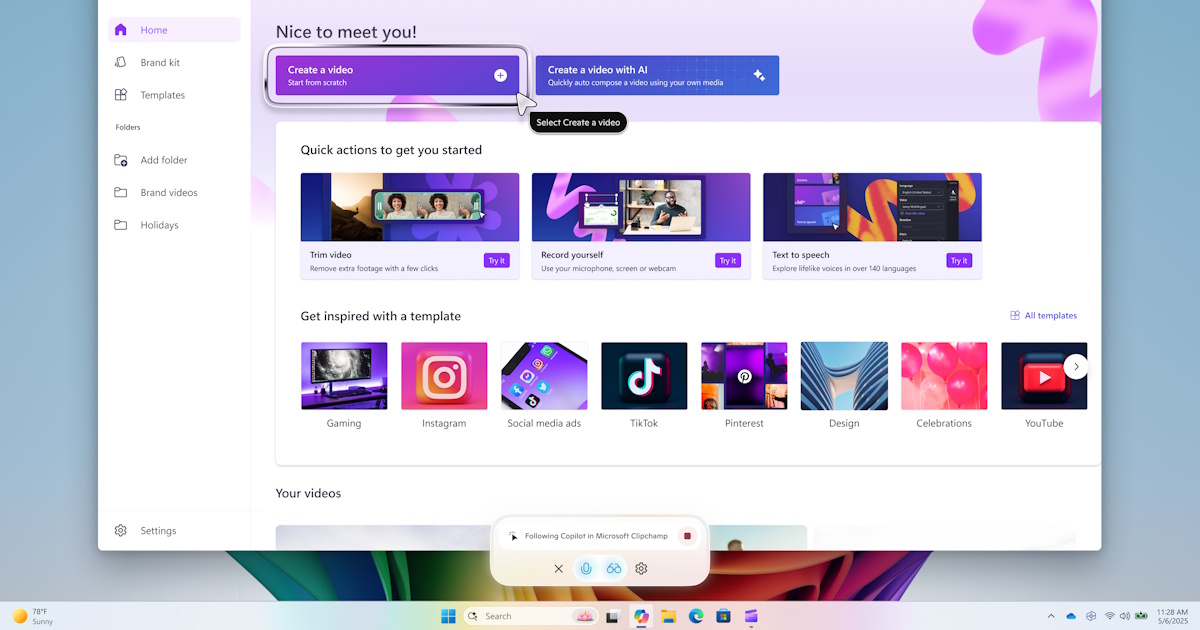Ultra thin phone trend: How Samsung and Apple are redefining the shape of smartphones
Ultra thin phone trend heats up as Samsung’s Galaxy S25 Edge and Apple’s iPhone 17 Air push smartphone design to slimmer extremes. The post Ultra thin phone trend: How Samsung and Apple are redefining the shape of smartphones appeared first on Phandroid.

Ultra thin phone trend. If you’ve followed smartphone launches this year, you’ve probably noticed that we’re heading towards the ultra thin phone trend. It’s not just a buzzword—2025 looks like the year thinness finally became the main design battleground for phone makers. The Galaxy S25 Edge just dropped, looking more like a high-end chocolate bar than a slab of tech, and Apple’s rumored iPhone 17 Air is right behind it. The question isn’t just “how thin can they go?”—it’s whether this is actually a good thing for users, or just another round in the endless spec war.
The race to zero
There’s a weird fascination in tech: the need to make things thinner, lighter, more “minimal.” Samsung’s Galaxy S25 Edge is the latest to flex. Leaks and dummy units show a phone just 5.8mm thin—a stat that would have sounded like sci-fi just a few years ago. For context, the iPhone 16 clocks in at 7.8mm. This is the first time Samsung’s put an ultra thin design front and center.
But they’re not alone. Apple is reportedly prepping the iPhone 17 Air, set to replace the “Plus” model as the company’s thinnest phone ever. It’s easy to forget, but this isn’t Apple’s first trip to the skinny-phone rodeo. Remember the iPhone 6? Back in 2014, Apple released what was then its thinnest iPhone ever at just 6.9mm. The iPhone 6 was praised for its sleekness—until people started noticing it could bend in their pockets. The whole “Bendgate” thing became a meme, but it was a real issue for users who wanted their ultra thin phone to survive daily life.
So if you’re keeping score, the S25 Edge is now even thinner than the famously bendy iPhone 6, and noticeably slimmer than the iPhone 16 at 7.8mm. Apple’s iPhone 17 Air is rumored to go even thinner. Sometimes, chasing that “world’s thinnest” crown comes at a cost—literally, if your phone ends up with a curve you didn’t ask for.
How did we get here?
This ultra thin phone trend isn’t new. Phones started as bricks, got smaller with the “candybar” and flip phones, then got thicker as big batteries and cameras came in. Now, hardware has caught up. Battery tech, such as silicon-carbon cells, means you can stuff more power into less space. Displays and chipsets are thinner and more efficient than ever. Chipmakers like Qualcomm and Apple are already moving to 2nm chipsets. Smaller chips use less power and generate less heat, so for brands, making a thinner phone is no longer impossible.
Is thinness always better?
So here’s the thing: ultra thin phones look and feel great. However, the compromises aren’t always obvious at first glance. When you shave down the body, you usually lose out somewhere. More often than not, the race to the thinnest phone results in the battery being sacrificed. Sometimes thermal performance, sometimes just that comforting “heft” that makes a phone feel expensive. Or, as the iPhone 6 showed, sometimes it’s the structural integrity that takes a hit.
But Samsung and Apple are trying to prove those old trade-offs are history. The Galaxy S25 Edge, for instance, manages to stay slim without slashing battery life too much, thanks to newer cell tech and the efficiency of the Snapdragon 8 Elite chipset. It’s not perfect, however. Reviews have found that battery life on the Galaxy S25 Edge isn’t particularly great compared to its siblings.
Apple, not to be outdone, is reportedly using a refined display driver IC for the iPhone 17 Air, allowing for a thinner panel without nuking battery life. We’ll have to wait for real-world tests to see how it holds up, but on paper, it sounds like a good solution.
When does thin become too thin?
Still, there’s a point where you start to wonder who this is really for. Is a 5.8mm phone more “premium,” or is it just a flex for the spec sheet? There are rumors that Apple’s iPhone 17 Air is being used as a testbed for its upcoming foldable phone. If it works, the rest of the lineup might follow. If not, well, we’ll probably see a “return to form” in a few years, with a little more thickness and bigger batteries.
The iPhone 16e is a good example. Many questioned Apple’s decision to launch the device, but if the Q1 figures are any indication, people are still willing to pay to own an Apple-branded phone.
Consumers are always told thinner is better, but a lot of us just want a phone that lasts the whole day, survives a drop, or doesn’t bend if you sit down. That’s the real test for these ultra thin flagships. The early word is that battery life isn’t taking the hit you might expect. Both Samsung and Apple are leveraging efficient chipsets and smarter battery management to keep their devices competitive. But until these phones hit shelves and regular people use them, the jury’s out.
What comes next?
This ultra thin phone trend is likely to stick for a while. The design cycle is hungry for new ideas, and making things thinner is easy for brands to market and for consumers to recognize. If the S25 Edge and iPhone 17 Air sell well, you can bet everyone else will follow suit. If they flop—or if people start bending their $1,000 phones again—expect a quick pivot back to bigger batteries and chunkier designs.
Either way, it’s clear the war for “thinnest phone” is heating up again. Just don’t be surprised if, in a couple of years, “thicker for comfort” becomes the new trend. Because in smartphones, what’s old is always new again.
The post Ultra thin phone trend: How Samsung and Apple are redefining the shape of smartphones appeared first on Phandroid.






